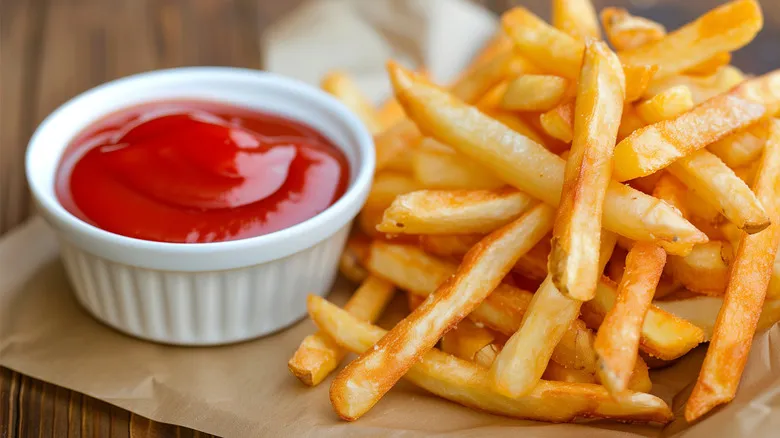Boiling and the first fry
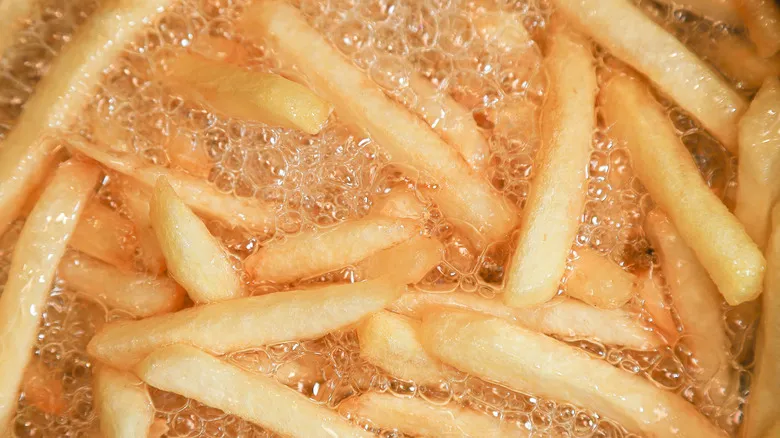
Choose a high-starch potato with lower moisture content, such as russet or Idaho, for the crispiest fries. Cut the potato into your preferred fry shape, rinse it, and then pat it dry. For the initial cooking phase, parboil the potatoes in salted boiling water for about 5 minutes. The salt in the water helps season the inside of the potato.
After parboiling, drain and dry the potatoes thoroughly before proceeding. Allow the fries to cool; this step is crucial for letting the starch set and firm up before the next cooking phase. If you have the time, you can place the boiled potatoes in the freezer until they cool down, which helps further reduce moisture.
Now, the parboiled potatoes are ready for their first frying. Many chefs recommend using duck or beef fat for frying, as it adds a rich umami flavor. If you prefer a vegetarian option, opt for a high smoke point vegetable oil like sunflower or canola. During this stage, the potatoes should not brown or burn, so keep the cooking temperature low, around 275 degrees Fahrenheit. The primary objective of the first fry is to extract as much moisture as possible, rather than fully cooking or crisping them. After this step, you can let the fries cool again or place them in the freezer to continue reducing moisture.
The final fry
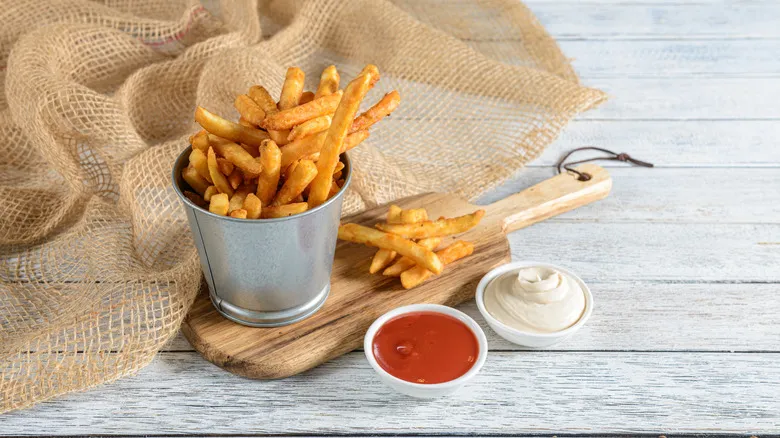
The final fry is essential for achieving that extra crispy texture. At this stage, the potatoes can be cooked at a higher temperature of 350 degrees Fahrenheit for 2 minutes. The aim is to achieve a rich, golden brown hue. If you don’t see this color developing after a few minutes, it’s an indication that your oil isn’t hot enough.
As with the first fry, be sure to drain the French fries thoroughly and allow them to cool slightly. However, this time there’s no need for the freezer — your triple-cooked fries are ready to enjoy! Just add salt to your preference. The outside will have a light, crispy crust, while the inside remains creamy and soft, reminiscent of mashed potatoes. While classic ketchup is a great accompaniment for these gourmet fries, they can also stand up to heartier dips like ranch, aioli, or mayo-based sauces.
If you’re not up for the effort of making your own triple-cooked fries but still have a craving, take a look at Chowhound's ranking of the best to worst fast food fries.
Recommended
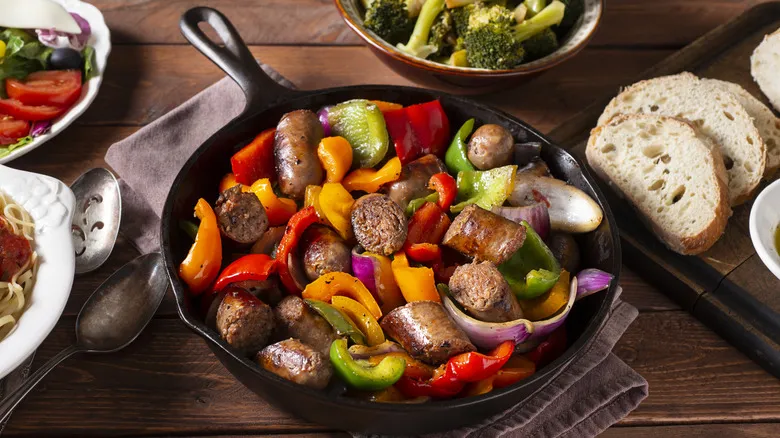
The Ingredient Swaps For A Burger Inspired By Sausage And Peppers
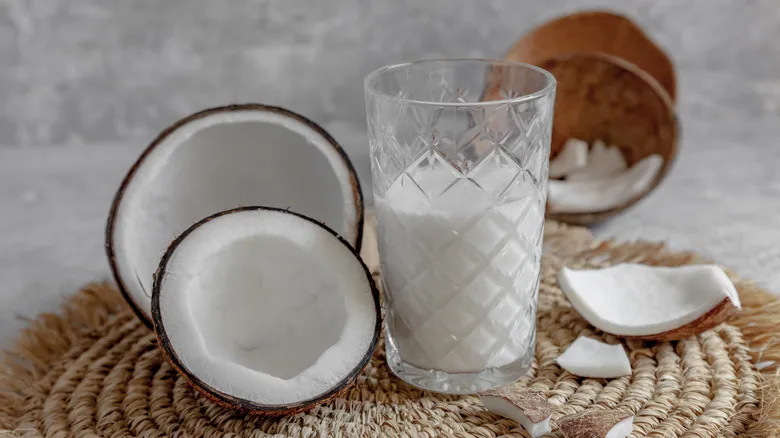
The Type Of Canned Coconut Milk To Keep Out Of Your Cart

The Beef Option You Shouldn't Overlook For Campfire Tacos

The Creative Way Gordon Ramsay Uses Espresso In The Kitchen
Next up

